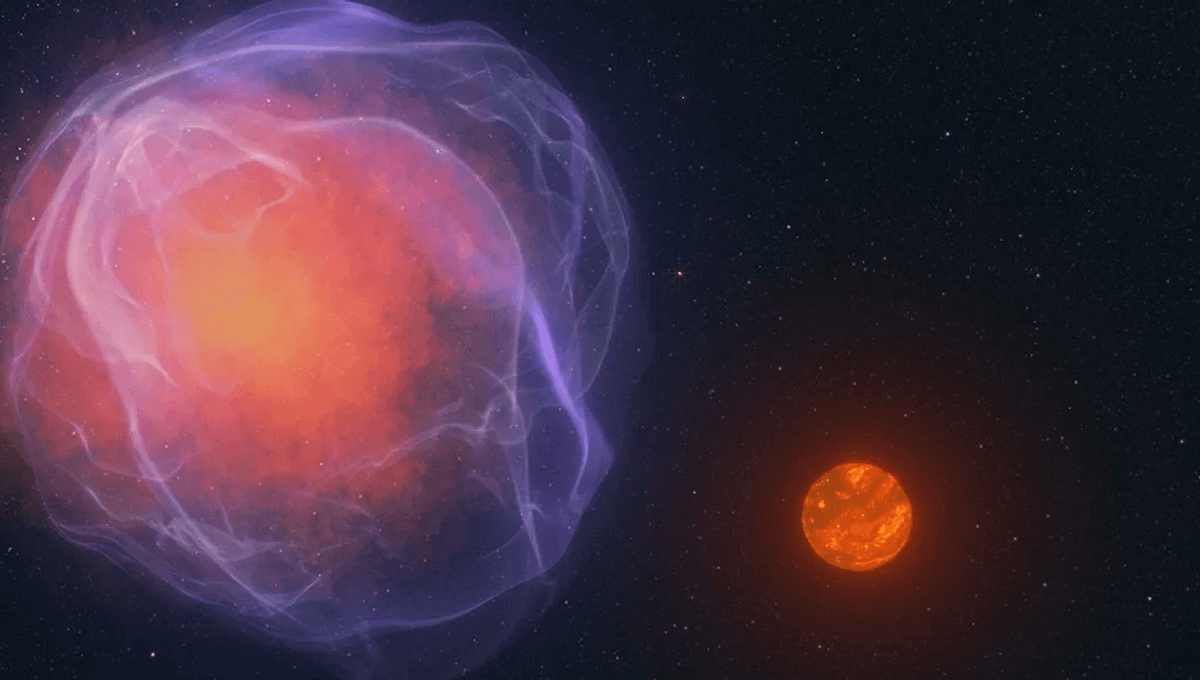
Citizen scientists working on the hunt for the hypothetical Planet 9 that should lurk at the edge of the Solar System have instead found a cosmic object moving so fast that it will one day leave the Milky Way. It’s the first object with the mass of a small star found moving at this speed.
First spotted by Backyard Worlds: Planet 9 contributors Martin Kabatnik, Thomas P. Bickle, and Dan Caselden a few years ago using data from NASA’s WISE mission that mapped the sky in infrared, it’s thought the object may be a brown dwarf, star-like objects that never get massive enough to begin fusing hydrogen at their core. Over 4,000 brown dwarfs have been discovered by amateur astronomers during this program but none of them have been as fast as this. It’s moving at about 1.6 million kilometers (1 million miles) per hour.
“I can’t describe the level of excitement,” Kabatnik, from Nuremberg, Germany, who is a co-author on a new paper describing the discovery, said in a statement. “When I first saw how fast it was moving, I was convinced it must have been reported already.”
The project allows citizen scientists to pore through WISE data, picking interesting objects to follow up on. WISE was retired in 2011, and its subsequent asteroid-hunting iteration NEOWISE retired recently too (you can see its last image here). The WISE data combined with the ground follow-up has helped astronomers to characterize this unusual object. Known as CWISE J124909.08+362116.0, it is either a brown dwarf or a very low-mass star and it is moving so fast our galaxy won’t be able to hold on to it.
But what would give a brown dwarf such a kick? The team has two possible explanations. One is that the object was in a binary system with a white dwarf. The companion stole enough material to go supernova, giving it a powerful hit and sending CWISE J1249 flying away.
The other explanation is that the object was in a globular cluster of stars and it might have interacted with a pair of binary black holes. It survived the encounter unscathed but it was thrown out of the cluster at high speed and at some point, it will leave the galaxy.
“When a star encounters a black hole binary, the complex dynamics of this three-body interaction can toss that star right out of the globular cluster,” says Kyle Kremer, incoming assistant professor in UC San Diego’s Department of Astronomy and Astrophysics.
The object also appears to have a very interesting chemical composition with very few heavy elements like compared to other stars and brown dwarfs. This means that this stellar object is extremely old, among the oldest in the Milky Way.
The study is published in The Astrophysical Journal Letters.
Source Link: Cosmic Object Speeding At 1 Million Miles Per Hour Discovered By Amateur Astronomers